How do Plants Survive Winter?
By Natural Areas Conservancy on February 05, 2025
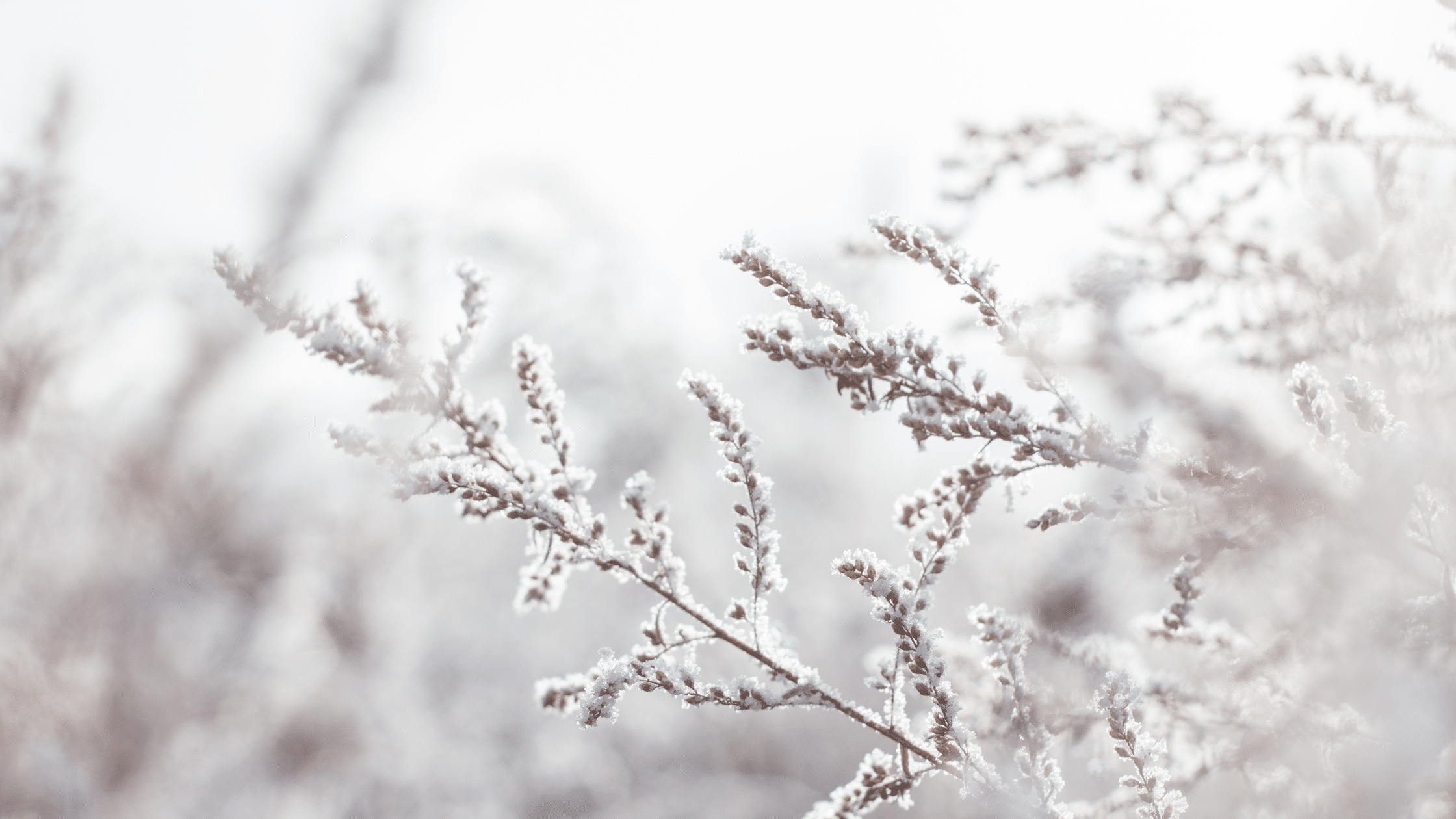
By Natural Areas Conservancy on February 05, 2025

 By Mormei Zanke, Communications Manager
By Mormei Zanke, Communications ManagerIn New York City, we’ve entered the cold months with temperatures dropping as far as 8 °F! This time of year, you probably are spending much of your time hunkering down inside away from the cold — entering hibernation — so to speak. The plants and trees of New York City unfortunately don’t have the luxury of curling up under a warm blanket, but remarkably find ways to survive until spring. This is accomplished by entering a state called dormancy. Dormancy is triggered by environmental factors, and signals to a plant the need to conserve energy and protect its vulnerable growing tissues.
Temperature: a continuous and gradual decrease in temperature signals to a plant to halt their growth
Daylight: the shortening of days and lack of sunlight triggers a hormonal response in plants to enter dormancy
Water and nutrition: reduced availability of water and nutrients indicates to a plant it is time to enter dormancy
Individual annual plants die off in the winter, but before they complete their life cycle, they produce seeds to ensure the continued presence of their species the next spring.
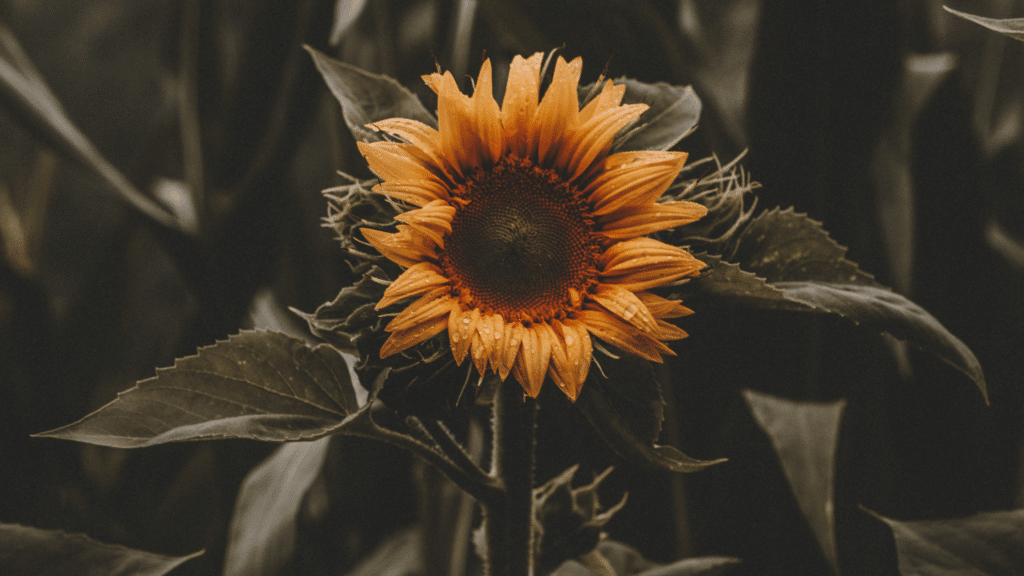
Sunflower (Helianthus annuus)
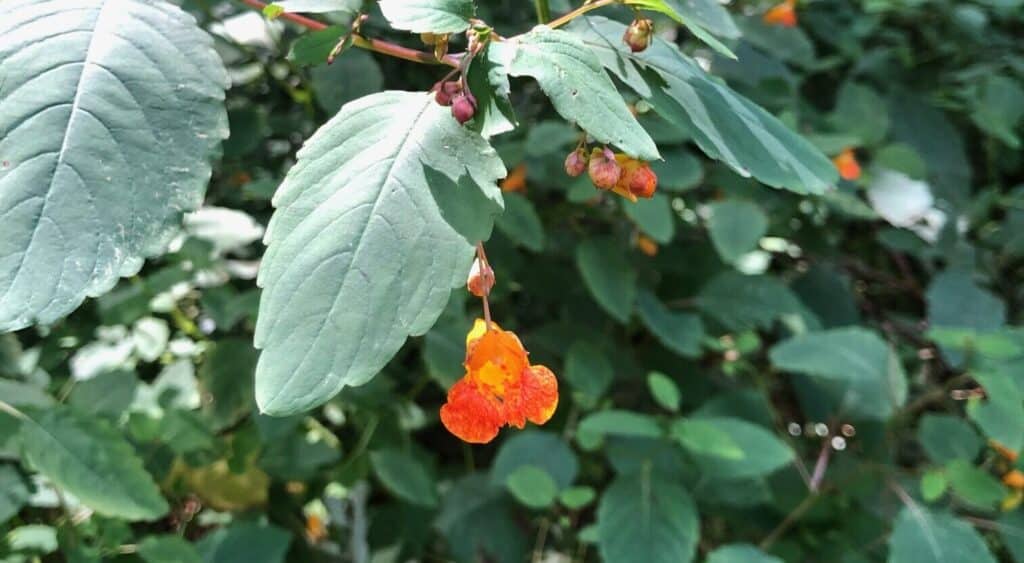
Jewelweed (Impatiens capensis)
Unlike annuals, perennial plants stay alive all winter. The aboveground parts of the plants die down to the soil surface or to the underground roots in the fall and resprout in the spring.
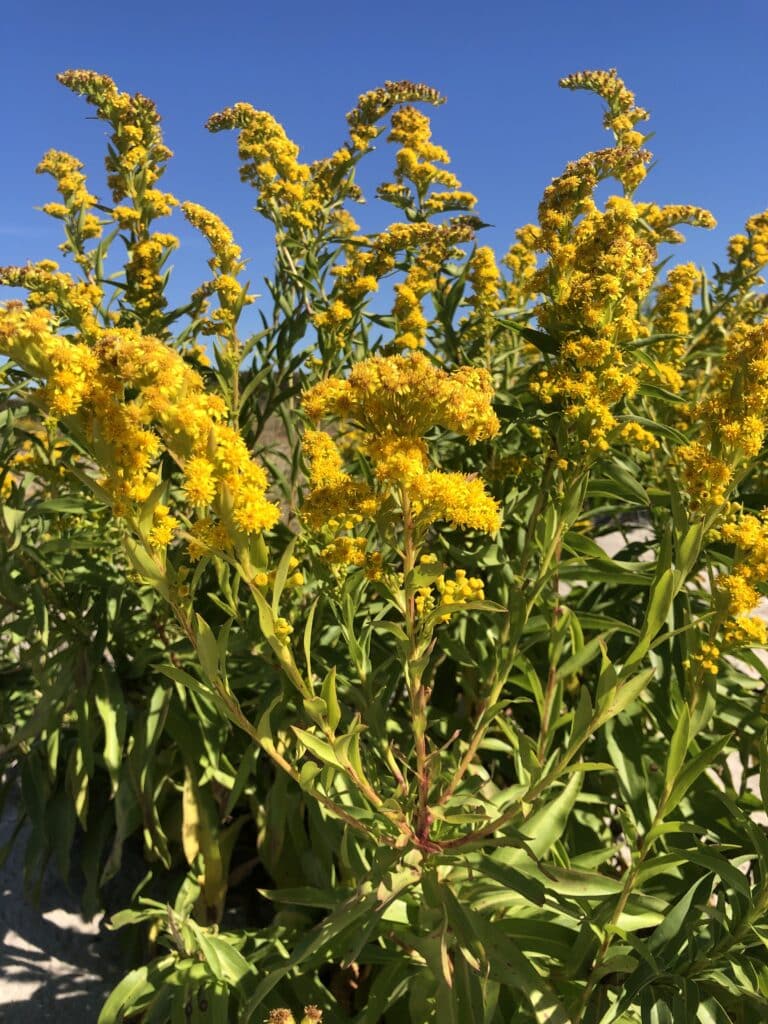
Goldenrod (Solidago species)
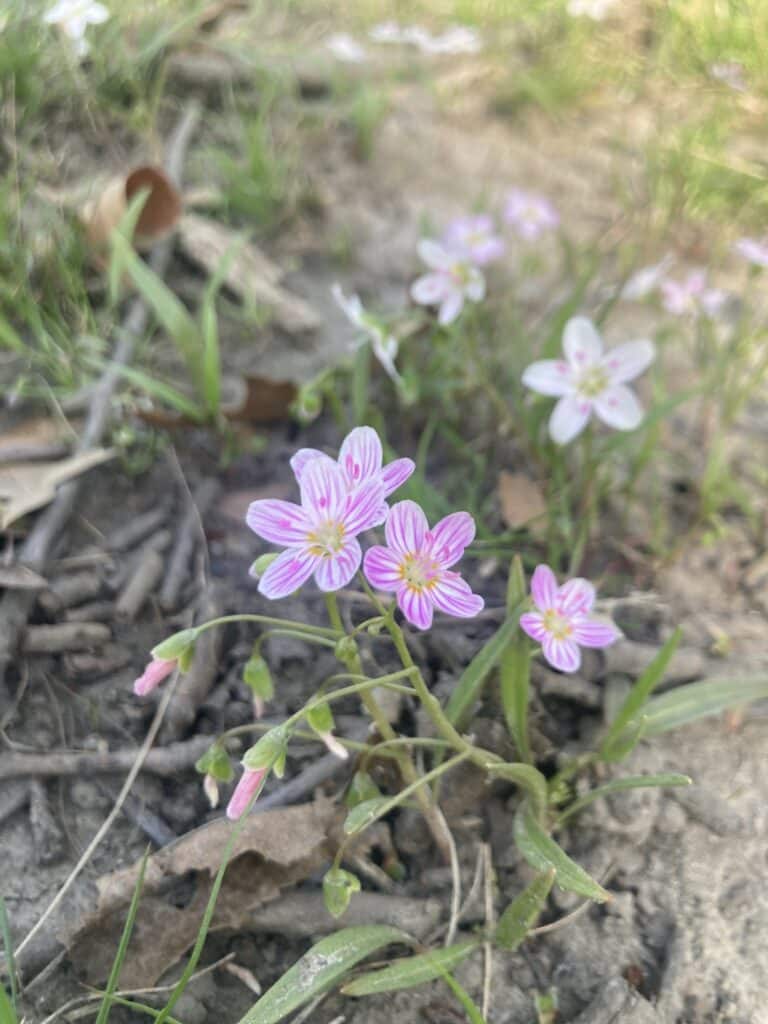
Spring Beauty (Claytonia virginiana)
Deciduous trees drop their leaves every fall and transport all the sugars they have created into their roots. They protect their meristems—the growth tissue typically at the end of their branches by covering this delicate tissue with a bud, which provides a protective shell against the chill.
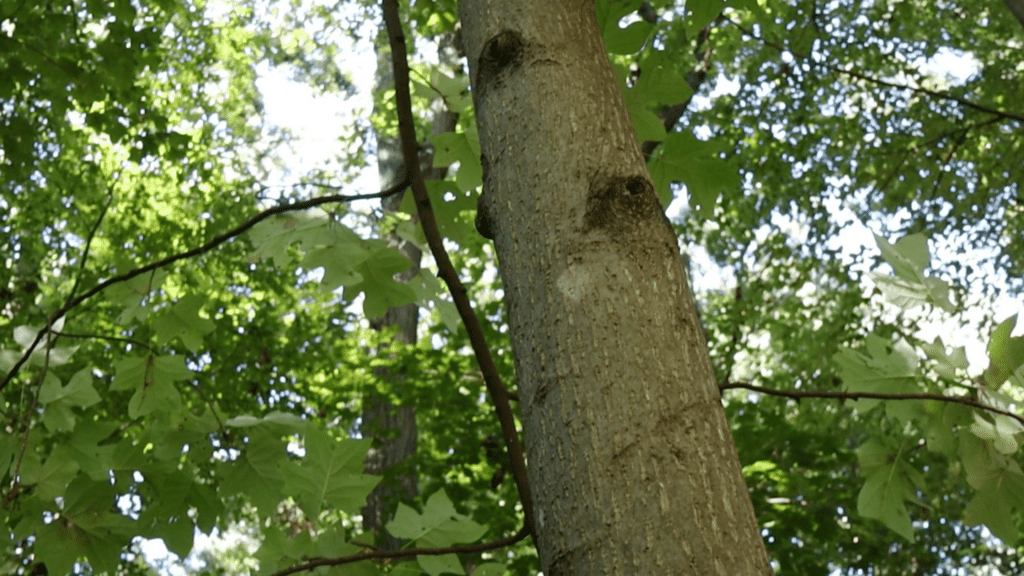
Tulip tree (Liriodendron tulipifera)
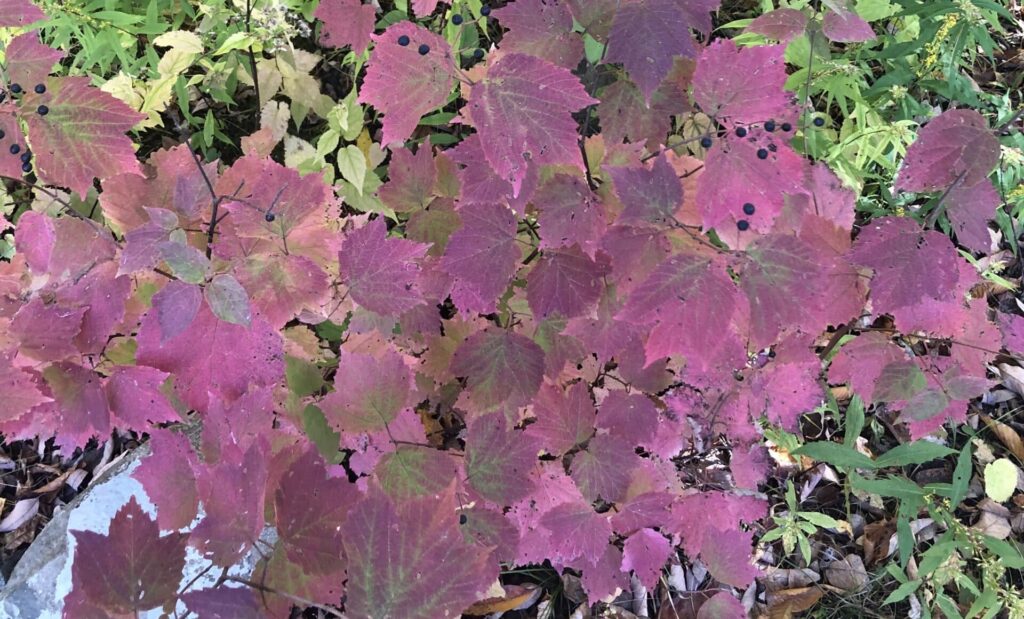
Maple leaf Viburnum (Viburnum acerifolia)
Evergreens’ wax-coated needles or leaves allow them to withstand low temperatures and continue photosynthesis without getting dehydrated throughout the winter.
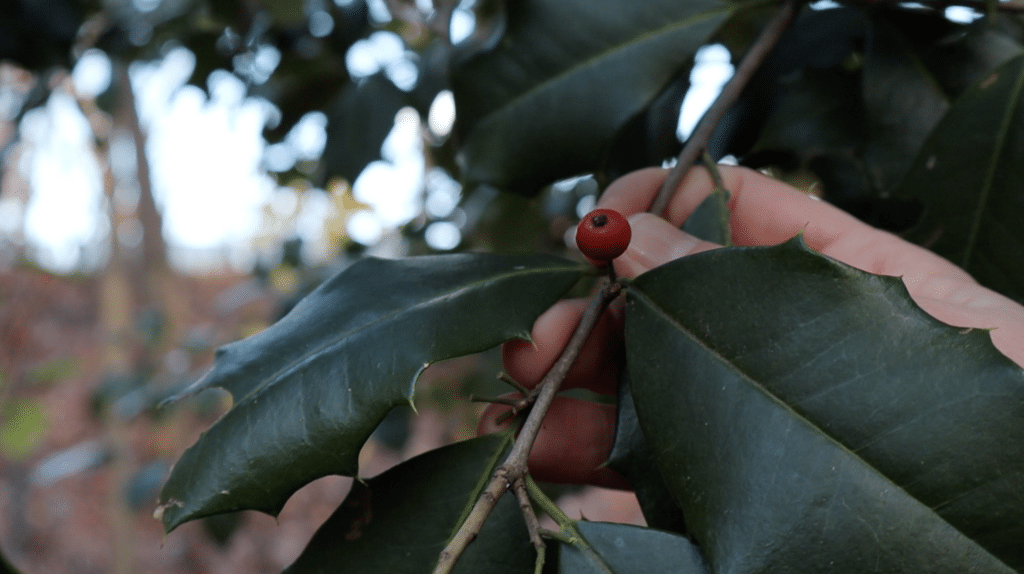
American Holly (Ilex opaca)
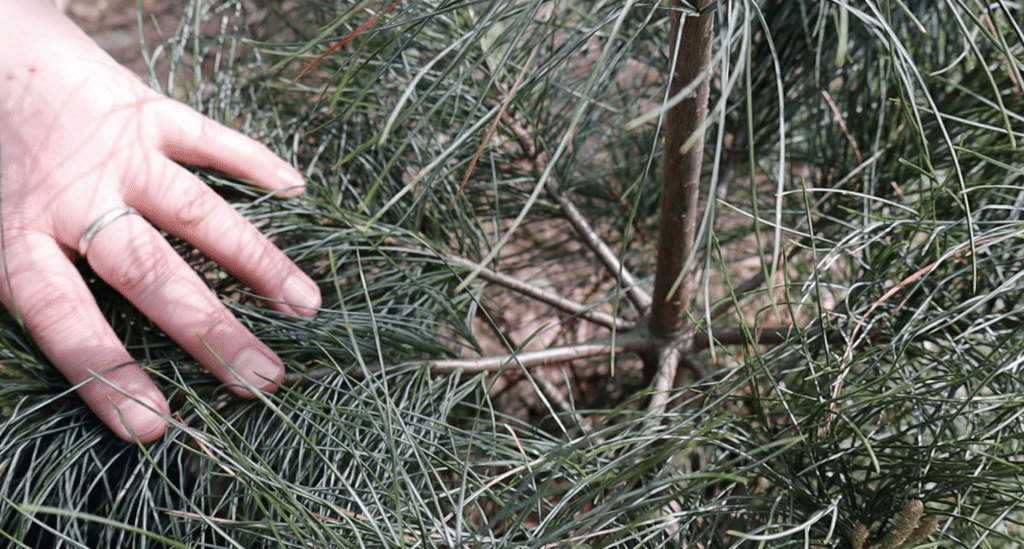
White Pine (Pinus strobus)
Now next time on your stroll through a natural area, you can try to identify the different types of plants and their survival strategies throughout the winter! In fact, in our Talking Tree Buds series with Trails Volunteer Coordinator, Melissa Rosenthal, you can learn the different types of tree buds that are protecting the meristems of NYC trees.